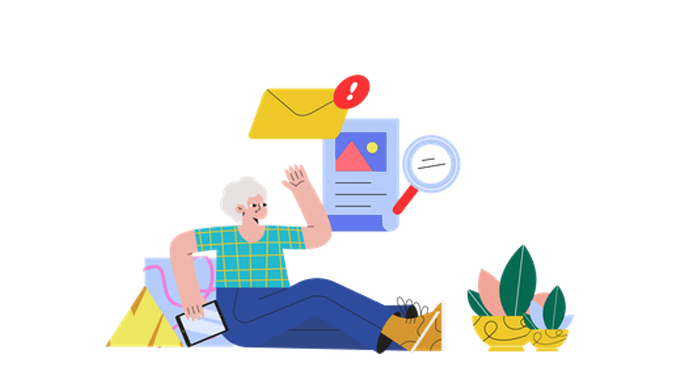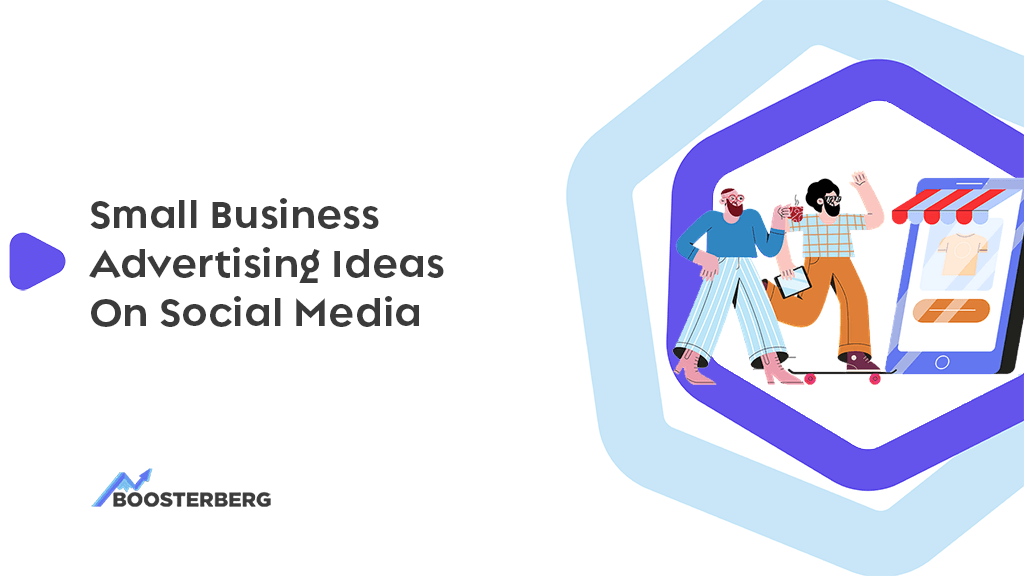Some businesses use social media networks as a way to increase brand awareness. Others will use it to drive website traffic and sales. Beyond that, social media is also a means of generating engagement, creating a community around your brand – and it serves as an additional customer support channel.
However you approach it, it’s evident that social media is the new outlet for small business advertising.
If you’d like to learn about social media as a market opportunity, stick around!
Impulse Vs. Index: The Difference Between Social Media And Search Engines
Search engines and social media stand as two powerful and dominant forces that rule the online marketing space. When you start thinking about small business marketing, there’s one question you can’t avoid:
Which is better?
Unfortunately, that question is faulty; neither is inherently better. A better approach to this would be to understand the differences and go from there.
That brings us to the whole impulse vs. index discussion.
One portion of your customers is currently tapping the screen of their smartphone. The other is typing in a keyword related to your business into a search engine.
Social media gives businesses the ability to share information instantly – be it blog posts, tips, special events, or coupons – and stir an emotional response. Even more so, you can interact with your audience directly.
They’re already spending time on social media – and now you’re there, too. That’s all that matters.
Search engines are different. The user is actively looking for something and has a strong intent, but you’ll have to jump through all sorts of hoops to reach them – including SEO, relevance, indexing, and ranking.
And the process of climbing that ladder is often slow and uncertain.

Public Vs. Private On Social Media: Get Them Hooked
The fluid nature of social media platforms makes them the perfect launchpad for storytelling, new initiatives, product launches – and small business advertising.
But for everything you choose to share and make public on social media channels, there is usually something you choose to withhold and keep private.
What’s the deal with public vs. private, you ask?
You’re sharing visuals – like photos and videos – that resonate with your target audience. But you’re not sharing ALL of it, right?
You’re giving your audience enough to grab their attention and inspire further action. However, your goal is to have them seek out more by signing up or take the next step in their customer journey by buying your product.
Take Facebook, for example.
You can use Facebook’s carousel ad format to share a couple of tips or bits of info about a particular subject – enough to get the reader’s attention, right? Then, you can provide a CTA asking them to sign up for your newsletter to learn more.
And if the bits of information you did share were intriguing enough, the chances are, they will!
Another approach you could try is distributing content such as polls or quizzes. The principle remains the same:
Create a public poll, put together a quiz, or ask your audience a question – but don’t let them see the results without messaging you directly.
It’s one of the most effective marketing ideas for small business to generate leads on social media platforms!
What Is The Role Of Automation In All Of This?
Staying on top of all the different metrics is extremely important, but it also happens to be one of the most time-consuming starting a business on social media.
That’s where automation comes in:
BOOSTERBERG will take care of automated content promotion. You can spend more time coming up with new social media business post ideas – and less time managing your ads.
Another aspect of your online presence where automation tools can yield impressive results is customer service. AI-based chatbots allow you to keep the communication lines open 24/7.
Automate everything predictable so that you can humanize everything exceptional.

